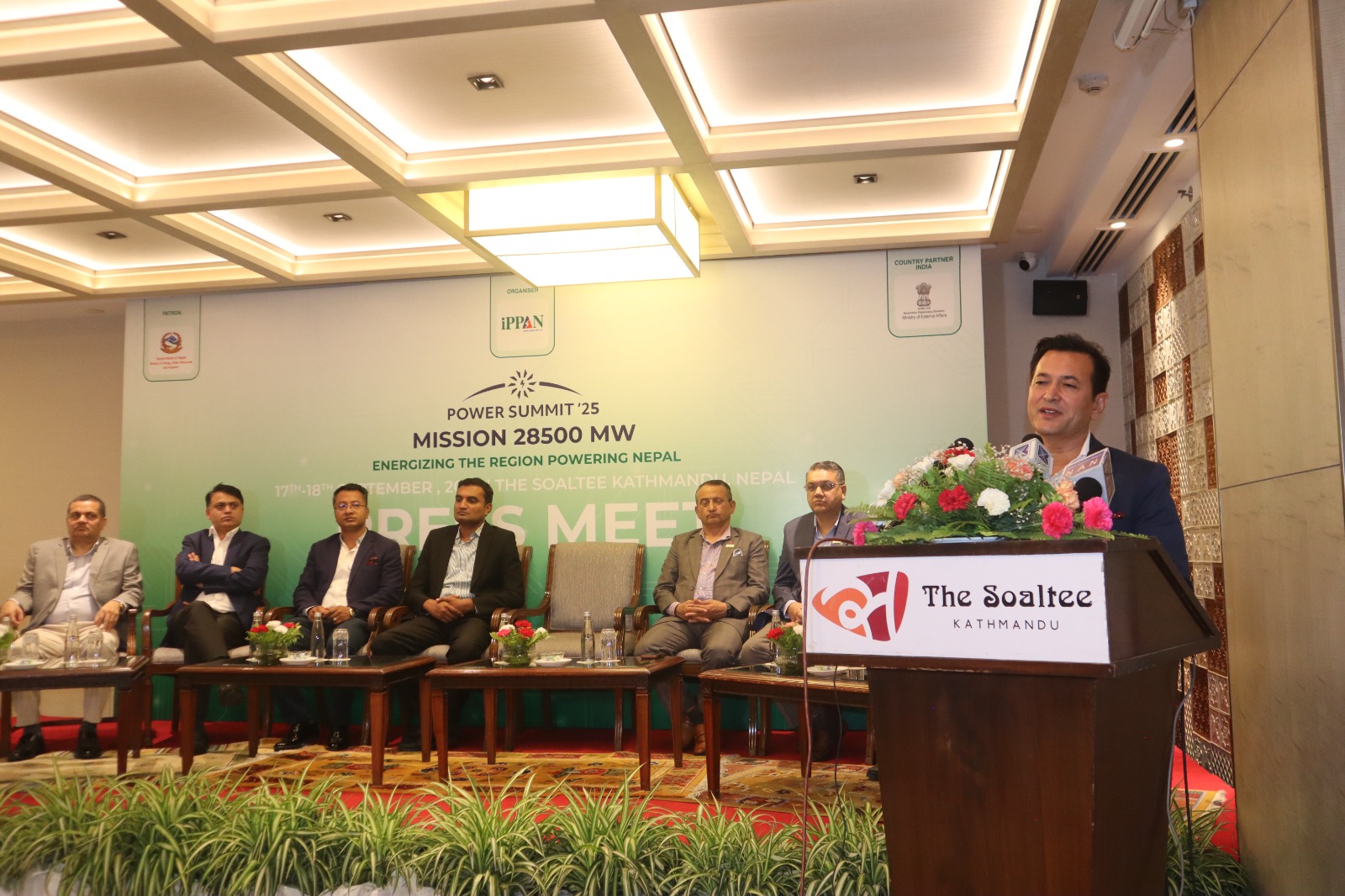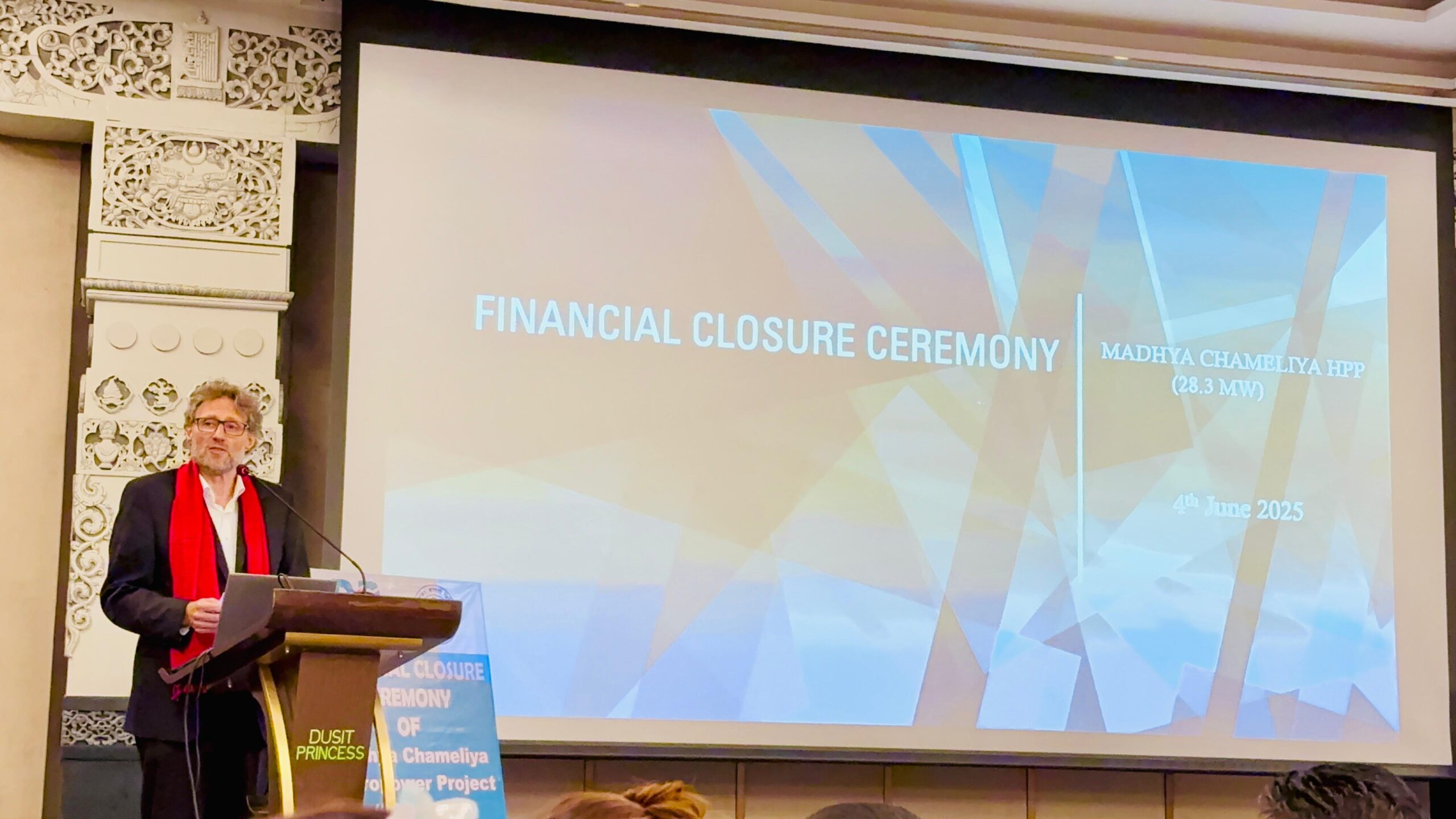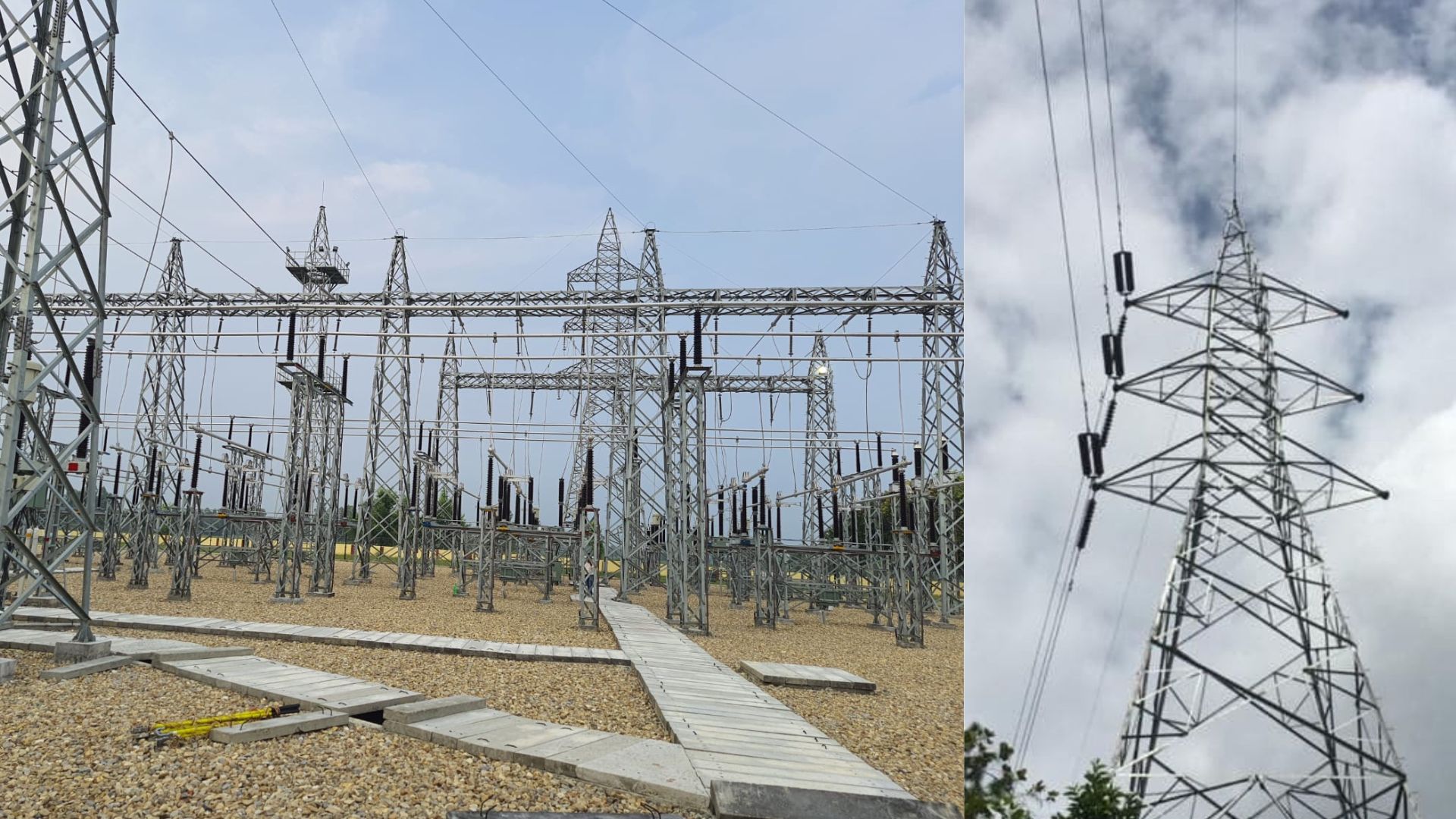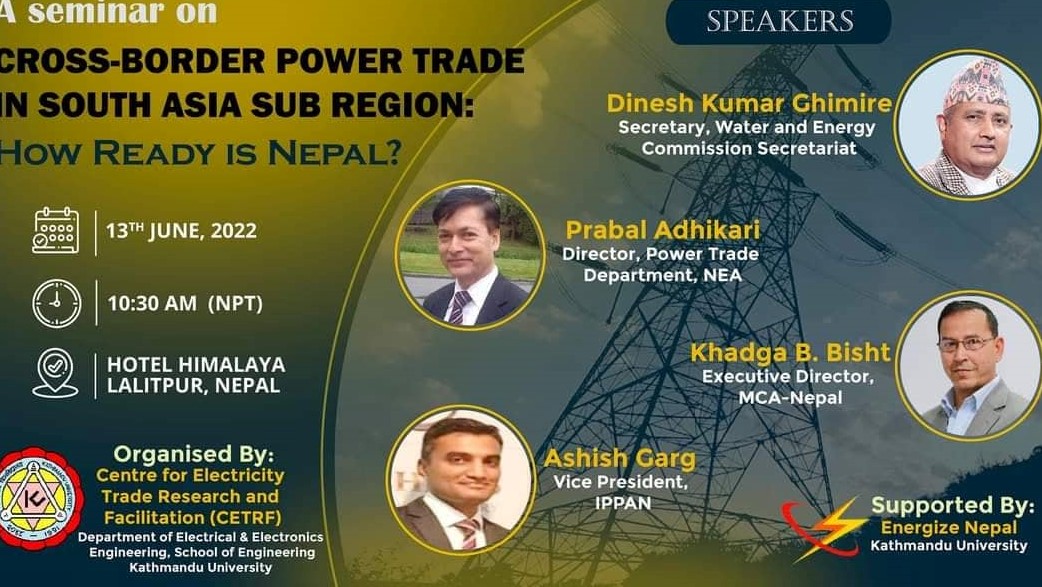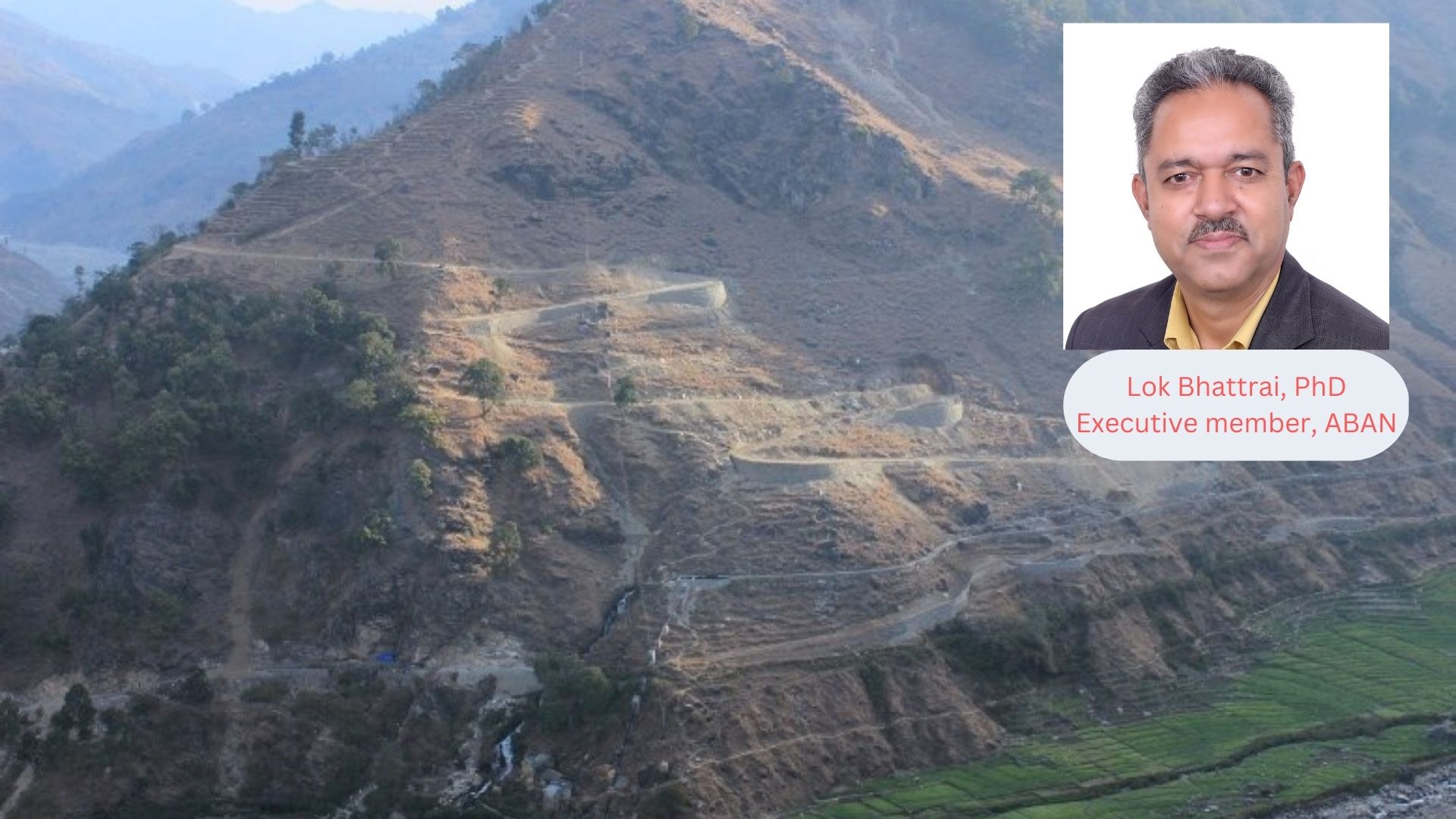
The underlying value principle behind higher education is shared and common across the world. More than anywhere, we, as graduates of British university system, are trained, among other things, to be fair and offer unbiased judgement on anything we deal with. By outlining the key value principles and attributes of higher education, I intend to relate it to my observation of the development initiatives in Nepal also with reference to British/U K overseas assistance. However, this paper is conceptual in nature which is why arguments are based just on observation and experiences.
Like other developed countries in the world, UK has also undergone numerous challenges in economic front specially after Brexit. However, UK, being a country of profound history and civilization has kept its legacy intact in global leadership, global awareness, responsibility and generous assistance. The continuation of British ODA is the expression of the same value principle this country embraces. While, the primary remit for the administration of UK Official Development Assistance (ODA) rests on the UK’s Department for ‘Foreign, Commonwealth, and Development Office (FCDO)’, assistance in Nepal is delivered under different project banners and institutional channels. Government to government support is the first and most important one. Then, the ‘UKAid Direct’, ‘UKAid Connect’ ‘UKAid Match’ are some other channels providing supports through small and medium Civil Society Organizations (CSO). The third in line is British Investment Partnership, which primarily aims at supporting partner countries by capitalizing UK’s financial expertise and the strength of the city of London by streamlining them with ‘PM’s vision for clean green initiatives’.
Nepalese people have always appreciated and are thankful to British government for such generous support. At the same time, we must evaluate these supports for their real impact on people and the time has come to bring this into a public discourse. By doing so, we can identify corners of weaknesses be that in policy, processes, priorities, activities, management or in delivery of activities and find ways to address them for the best or replicate success stories when that is the case.
If one look at the portfolio of British assistance in Nepal in the last one or one and half decade, they can note a pattern on it and reach a general understanding in what UK government believes the best fit for Nepal. I recently performed a search on AMIS (Aid Management Information system) to review ’UK government’s assistance to Nepal’ in recent decades within the limit of three parameters as to ’bilateral assistance’ (excluding contribution in multilateral package), projects that has been completed (not include on- going commitments), and their disbursed values were above 10 million USD. The search returned with 46 hits totaling worth of above 666 million USD. There were 6 projects each of which spent more than 30 million USD in values. Peace, mitigation of natural disaster, health, rural access, governance, educational reform, livelihood and climate adaptation appears to have been on the upper side of the priority area for those completed projects.
The figure quoted above is substantial for a decades or so. And, if one work out total supports by including all channels of disbursement including British portion in multilateral supports, all time-frames (not just last 10-15 years only) and supports of all sizes, then the British ODA for Nepal may stands in several digits in value.
Nepalese people have always appreciated and are thankful to British government for such generous support. At the same time, we must evaluate these supports for their real impact on people and the time has come to bring this into a public discourse. By doing so, we can identify corners of weaknesses be that in policy, processes, priorities, activities, management or in delivery of activities and find ways to address them for the best or replicate success stories when that is the case.
Historically, there were projects supported by British ODA which had immense positive impact in easing people’s life. Without getting into detail whether those impactful projects were cost effective, equitable, sustainable and the best alternative investment of that time, I am naming some of them just because of their positive impact in everyday life. Dharan- Dhankuta road is one of those examples that provides lifeline at times when there was almost no meaningful connection between the hills and the plain district in Koshi region. DFID/UK supported Safer Motherhood Projects (later Safe Motherhood Program), had delivered marvelous results from institutionalizing and reforming healthcare services by enabling it in saving millions of lives of mothers and newborn at risk.
Support in crisis such as during 2015 earthquake and COVID recovery has always been valuable in every respect. Whoever the donor is but the support in ’school launch program’ for the students in public school and supporting girls with cooking oil for retaining them in school had mazing impact not just in Nepal but in other countries too. Direct support for food can work both way—helping poorer students survive in school and learn the skill they need and cope food security and hunger especially in those countries where food security has been the issue.
Vast tracts of agricultural land are left barren, waters from thousands of rivers left untapped for irrigation, whereas a significant portion of population are job-less. People are bound to pay substantial part of their earning to buy foods and consumables. So, the question is what is missing here? Should we blame local people for not growing foods without understanding deeper realities?
People’s perspective and observation on development
The perception and experience of general public is the first thing any development initiatives should and must be able to address. Development activities is impactful if and when great majority of public consider it as a vehicle of desired change; and most of them can connect themselves to the development activities under question or to its impact.
Nepalese people has a general framework of ’development understanding’ and that apparently is widely shared and collective. Let me share some examples here. Once known as a major pillar of economy, agriculture sector in this country has witnessed a massive wind down in recent decade. Nepal has a history of exporting agro produce/commodities to a number of countries in the region. But, in the present time, this country increasingly depends on imported foods to feed its population. Food import is one of few major import items to add on the ‘balance of payment’ to be considerably negative. But at the same time, a big number of young people are leaving this country in pursuit of employment and they are leaving even for low paid and unsafe job. A big percentage of traditional farming families have stopped farming endeavor leaving their own land without any alternative use.
And, there is a justifiable reason behind this shift from their contextual viewpoint. Let me put it in different way. Vast tracts of agricultural land are left barren, waters from thousands of rivers left untapped for irrigation, whereas a significant portion of population are job-less. People are bound to pay substantial part of their earning to buy foods and consumables. So, the question is what is missing here? Should we blame local people for not growing foods without understanding deeper realities? 1 say, no, and I will discuss it further below.
A question among Nepalese scholars as well as the general public about the efficiency, priority and real impact of ODA in this country. This is not just about ODA received from British government but may generally applies to all ODA support received from different donors. While we do not have a large-scale, comprehensive, sector- wise systematic study on this subject, we can still gauge this discontent being based upon public response to donor supported project, impact observed in people’s everyday life, and the narrative produced in media/social media. This situation warns for a strong and balanced initiatives to correct status quo. In order to do that, we must think on the ecosystem of this problem and the nexus underlying it.
Balance of payment of this country is heavily negative with skyrocketed import portfolio year after year. Foreign currency reserve is depleting at an alarming rate due to declining exports of goods and services. No Foreign Direct Investment (FDI) is coming at noticeable volume which, otherwise, could have potentials for local employment creation. There is a mountain of regulatory hurdles as well as policy lapses that discourage new and prospective entrants into entrepreneurships and startups. Health and education services are being so much discriminatory and even the basic services are being unaffordable for families in low income bracket. This is just a few snapshots of the socio-economic scenario prevailing in this country.
In this context, people finds little meanings in any development programs and activities which do not address or has the potential in altering this landscape and offers hope. Despite some positive cases of development initiatives outlined earlier, there is, in general, a question among Nepalese scholars as well as the general public about the efficiency, priority and real impact of ODA in this country. This is not just about ODA received from British government but may generally applies to all ODA support received from different donors. While we do not have a large-scale, comprehensive, sector- wise systematic study on this subject, we can still gauge this discontent being based upon public response to donor supported project, impact observed in people’s everyday life, and the narrative produced in media/social media. This situation warns for a strong and balanced initiatives to correct status quo. In order to do that, we must think on the ecosystem of this problem and the nexus underlying it.
ODA support process: British ODA
In terms of British aid, much supports are generally channeled through bilateral agreement being UK government in the donor’s side and the Nepalese government in the recipient end. Therefore, A significant portion of British aids are spent within Nepal government’s budgetary practice and procedures. Government ministries in their respective sectors identify priorities, develop project details and communicate it to the respective donor agencies, in this case FCDO.
Endorsement of National Planning Commission and coordinating role of the Ministry of Finance comes in between. At the donor’s end, there are some predefined conditions. Firstly, they incline to make sure that if requested project fall within the donor agency’s priority area and available budgetary limits. And, interestingly, consultant and officers working for the Nepal government in preparing project proposals generally finds one or other ways to justify proposed project activities comply donor’s priority line. On the other hand, the officers in donor agency may have an organizational mandate in processing a number of projects in a given time frame. In other words, they might be under pressure to find a number of projects to commence in any given time period. In that contextual trade-off, projects proposed by government ministries has high chance of approval.
One of the biggest problem in government- commissioned projects is the structure of the project components and their loose or no connection to the expected outcomes. Often, a significant portion of project funds are spent on poorly designed trainings, unnecessary events on the softside and unjustified capital- intensive hardware projects on the other. Beneficiary people—the key stakeholders are either seriously left out in the project cycle or involve just in a tokenic manner.
There is a general trust amongst officers to rely on anything presented by recipient government and that is why government requested projects are approved in higher rate. Once approved, it is less likely that any stakeholders (national planning commission, beneficiary communities, or even the Nepal parliament) raise any issues on the merit, rationale, efficiency and the delivery of the proposed project. Therefore, it is not a surprise that majority of the projects see their project cycle completed, monitoring and evaluation done and projects gets wrapped up.
In such a procedural fallacies, there is often a severe lack of provision for impact assessment. Often impact assessment is reduced to the provisions of monitoring and evaluation whereas these two are clearly different in purpose, scope, and methods. Projects, in many cases, are pushed forward without proper evaluation by a third party evaluator independent of either agencies (donor and the recipient government). One of the biggest problem in government- commissioned projects is the structure of the project components and their loose or no connection to the expected outcomes. Often, a significant portion of project funds are spent on poorly designed trainings, unnecessary events on the softside and unjustified capital- intensive hardware projects on the other. Beneficiary people—the key stakeholders are either seriously left out in the project cycle or involve just in a tokenic manner. Beneficiary participation are often limited to the formation of users committee or head counts of trainees in trainings organized locally. To add on, there is no need to exaggerate government agencies’ lethargic process, paper-work culture, and rampant corruption. Noteworthy is that many projects, even donor-supported projects, are pinpointed for irregularities in every years’ Auditor General’s Report.
lGOs and CSO-led initiatives
Portion of ODA is also spent by using NGOs and CSOs as delivery partner. Programs and activities they deliver do have some optimistic feature such as them being less bureaucratic in process and are little more cost-effective. But, they do have some other areas of weaknesses even worse than the government partner. They often lack required expertise in various areas of project planning, design and delivery. Many NGOs and CSOs spent significant portion of budget in overhead cost -such as staff salaries, office-rent, transportation, trainings, consulting fees leaving a negligible portion for the goods and services that is directly connected to their beneficiaries. NGOS and CSOs are away from government’s financial compliance system and immune from the surveillance of the Commission of the Abuse of Authority. There is a huge question of continuity and sustainability in anything they commissioned. They severely lack root in the community as most NGOs do not have local representative in their governance structure selected from democratic election.
Donor’s perspective on activities they support
To donor’s end including FCDO, the matters raised here may sounds mind-boggling. It is a paradox that they have spent significant amount of funds to help Nepalese people to fight problems they are facing. True, that the priority donors or Nepal government who else fixed such as health, education, climate- adaptation, disaster response, rural-access are or average not bad on their own. Donors, in this case FCDO, allowed recipient government to select priority projects depending on their national need and offer leeway in how to spend available resources. And, a regular monitoring and evaluation were in place and in most cases everything were reported to be in right direction. So, at times, question may come as to what went wrong in between? Why, despite all measures for good governance and compliance measures, funded efforts failed to deliver intended outcomes. A line of excuse could be that a project in question cannot resolve all issues at once.
What went wrong?
Let me share one common and general example here. Nepal has continuously lay a priority on agricultural transformation from the very inception of the planned state-intervention some 65 years ago. It was a fact that this country Nepal is endowed with abundant lands for growing crops and do have abundant water for irrigation. So, planners and policy makers, in the starting decades of planned intervention, emphasized to establish a well-equipped agricultural college in Rampur with an expectation that the college would be a knowledge hub and can provide technological leadership for agro-modernization in this country. Belief was that a ‘dream of transformation’ can be achieved with a fusion of new knowledge and technology with the land and water we already have. However, that expected transformation did never happen, has never happened.
The crux of this is that the policy and plan never rightly gauged the dynamics of people, social fabric, cultural practices and macro-economic realities. They failed to identify and develop right human institution that plays central role in such envisioned transformation. There were a numerous missing links in that simplistic and linear wishful thinking. And, key policy maker has not yet seen this elusive and minor-looking factors underlying all and entire failure. If the government officials/planners could not differentiate this then how could we expect an officer in donor agency, often a foreigner see this and screw it?
A number of donors supported rural access program with an expectation that an enhanced accessibility will be instrumental in connecting local produce to a value chain. Increased produce, access to market, better price for the produce, and basis for innovation and small entrepreneurship along with numerous other social benefits was argued in support of the investment in accessibility program. However, in reality, increased accessibility in most remote hinterlands simply became instrumental in disrupting local production ecosystem, pushing communities to deeper dependence, and facilitate migration for unskilled job amongst young people. Looking from this point, we can clearly see missing links and can confirm why simplistic and linear understanding did not work according to the project concept outlined above.
Nepalese embassy in the UK has listed as much as 7 high level delegation/visits from Nepal to UK for year 2018 and 2019 each, and 17 such events in 2017 only. Noteworthy is that almost all of these delegations are often led by high level dignitaries such as Prime-minister, Ministers, Secretaries, Head of parliamentary committees, Head of constitutional bodies and so on. Going abroad is taken as an privilege and have been badly misused due to corrupt mentality and weak regulatory measures. And there is no clear evidence or evaluation in what exactly those delegations achieved for the development of this country.
As a former student of British university system, I have the substantial experiences and understanding in how British education system thrive. I have visited a number of universities and colleges up and down the country. In most cases, they do not have fancy new building to run their programs. Some are still running from a small and old building but that does not prevent British universities to be a world-class university. However, in Nepal, there is a tendency in government department to spend big some of money in contract-able hard-ware projects including a construction of fancy school building. I do not, however, mean to undermine a genuine need of a school building in some particular places. A big hard ware project would be easier to administer, as most part of the project-activities would be taken care of by a hired contractor.
On the other hand, little is considered in why public education was so poor in quality, who are those who goes to public school and why can’t they go to private school, what social and psychological problem those students are facing who cannot perform well in their study and a series of question of this type during project selection. Hard-ware syndrome does exist in the health-sector as well. A substantial sum of donor funded money is also spent on hi-tech equipment even when the technical expertise is not available to operate such high tech machine. Low-cost-high impact health education, and preventive side of intervention are in the bottom of priority in medically- dominated health ministry. Another crucial issue is about skill transfer. What is always observed is that floods of cross-country missions and study-tours are supported under donor-funded projects in the name of skill- transfer. In most cases, government officers, senior politicians, officers not related to the sector and community representative are sent out in such missions and study tours.
There is a serious knowledge gaps in most line ministries in Nepal government in recognizing what ’development’ is and how that can be achieved. Development, in essence, requires truly multi-disciplinary inputs, insights and contribution which is often missing in our history of development planning and management. Most ministries are dominantly staffed with a narrow trajectories of specializations or just generalist from public administration schooling.
Rarely any farmers, workers, entrepreneurs, technicians, business developers, operators are selected for such missions who otherwise could learn relevant skills to their trade and apply in their operation or their return back home. For example, the Nepalese embassy in the UK has listed as much as 7 high level delegation/visits from Nepal to UK for year 2018 and 2019 each, and 17 such events in 2017 only. Noteworthy is that almost all of these delegations are often led by high level dignitaries such as Prime-minister, Ministers, Secretaries, Head of parliamentary committees, Head of constitutional bodies and so on. Going abroad is taken as an privilege and have been badly misused due to corrupt mentality and weak regulatory measures. And there is no clear evidence or evaluation in what exactly those delegations achieved for the development of this country. There is also a lot of criticism to the project selection practice in government’s side (MoF and NPC). Those who criticize believe that personal, professional, political network badly influence this process. It is argued that the process of final screening and approval from government side is not often objective and transparent. If that is true, then the project requested by government’s side may not always be the best amongst available alternatives. The problem goes on and on and exists more or less in the same degree in almost all sectors.
Why British ODA?
True that the issues and problem outlined above are general and shared between different projects funded by different donors. But, I chose to take reference of British ODA, as FCDO as one of the leading agency in this landscape that can introduce reform or change when they wish. When FCDO do something, it is highly likely that others follow too.
What is lacking: what can be done?
So, a question arises here as to what can be done to correct this trend and how to make any ODAs including British ODA work for local need. Depending on my own personal experiences of working for the Government of Nepal coupled with substantial research in development policies and programs, I would like to outline some potential measures to improve development planning as well as delivery arrangement that potentially deliver better results.
1) A separate, arms-length entity is recommended between donor agencies and the government of Nepal with a mandate at assessing and screening project proposals in their own merit. The entity should be independent of and be able to resist influence of the government’s side. At least, there must be three independent organizational arrangements (organizational layout) to take care of three major steps in project cycle –project approval, project commissioning, and project evaluation (process monitoring, evaluation, and impact assessment). Active roles for the federal parliament’s finance committee and a focused communication between Ministry of Finance (MoF) and the committee can help select candid projects and improve their outcome.
2) Proposed development projects, programs or activities should be fiercely scrutinized in reflection to the project’s problem definition and if conceptualized pathway for change is realistic and impeccable (no missing link), and proposed instruments for intervention are available, accessible and affordable.
3) There is a serious knowledge gaps in most line ministries in Nepal government in recognizing what ’development’ is and how that can be achieved. Development, in essence, requires truly multi-disciplinary inputs, insights and contribution which is often missing in our history of development planning and management. Most ministries are dominantly staffed with a narrow trajectories of specializations or just generalist from public administration schooling. For example, agricultural transformation is not just a business of an agricultural scientist. On the contrary, surprisingly, they have limited scope for contribution to achieve expected outcomes in agrarian transformation. So, donor agencies must ask for this multi- disciplinary capabilities throughout the project cycle before approving any project for funding.
4) Apart some exception, neither the government route nor NGOs/CSOs in Nepal have demonstrated impressive capabilities in planning and commencing development activities. So, aid agencies should think to work with newer forms of institutions such as cooperatives, federation of cooperatives, industry associations, professional organizations and so on because these new forms of institutions are rooted in community; they understand problems and solutions better than anyone do; and are often less bureaucratic. They can comfortably hire additional expertise if and when needed or partner with any organizations that could have subsidiary roles.
5) A strict and improved measures for process monitoring and interim evaluation must be an integral and key component in project cycle. A responsive arrangement must be in place to appropriately address issues identified by monitoring and evaluation. Impact assessment must be conducted by an independent assessor at the end of the project cycle.
6) Enhancement of human capability should be the central element in all kinds of development projects and sectors. Capital- intensive infrastructure project should be funded only when there is a sound evidence for it and that has direct, visible linkage to expected outcome.
7) A lot of shortfalls in design and delivery of the development program/activities is also because of knowledge comprises by the home-grown professionals. This is partly because of skill deficiency and partly also because of the pressure from existing socio-political network they are part of. Aid agencies, especially FCDO do have an strong alternative to mitigate this problem. FCDO can engage graduates of British universities, perhaps British alumni in Nepal, to overcome knowledge compromises and deficiencies and (Association of British Alumni in Nepal) ABAN can surely coordinate this endeavor.
(Bhattarai is Executive Member of Association of British Alumni in Nepal (ABAN) and this article is taken from ABAN magazine 2023 issue no.11)


